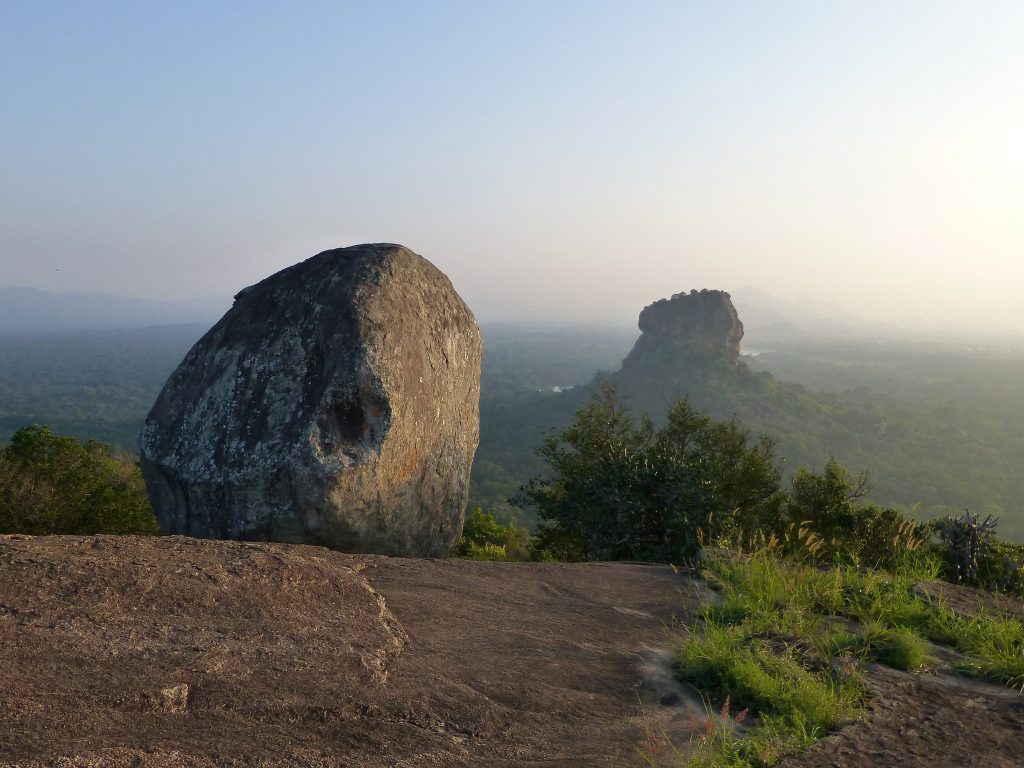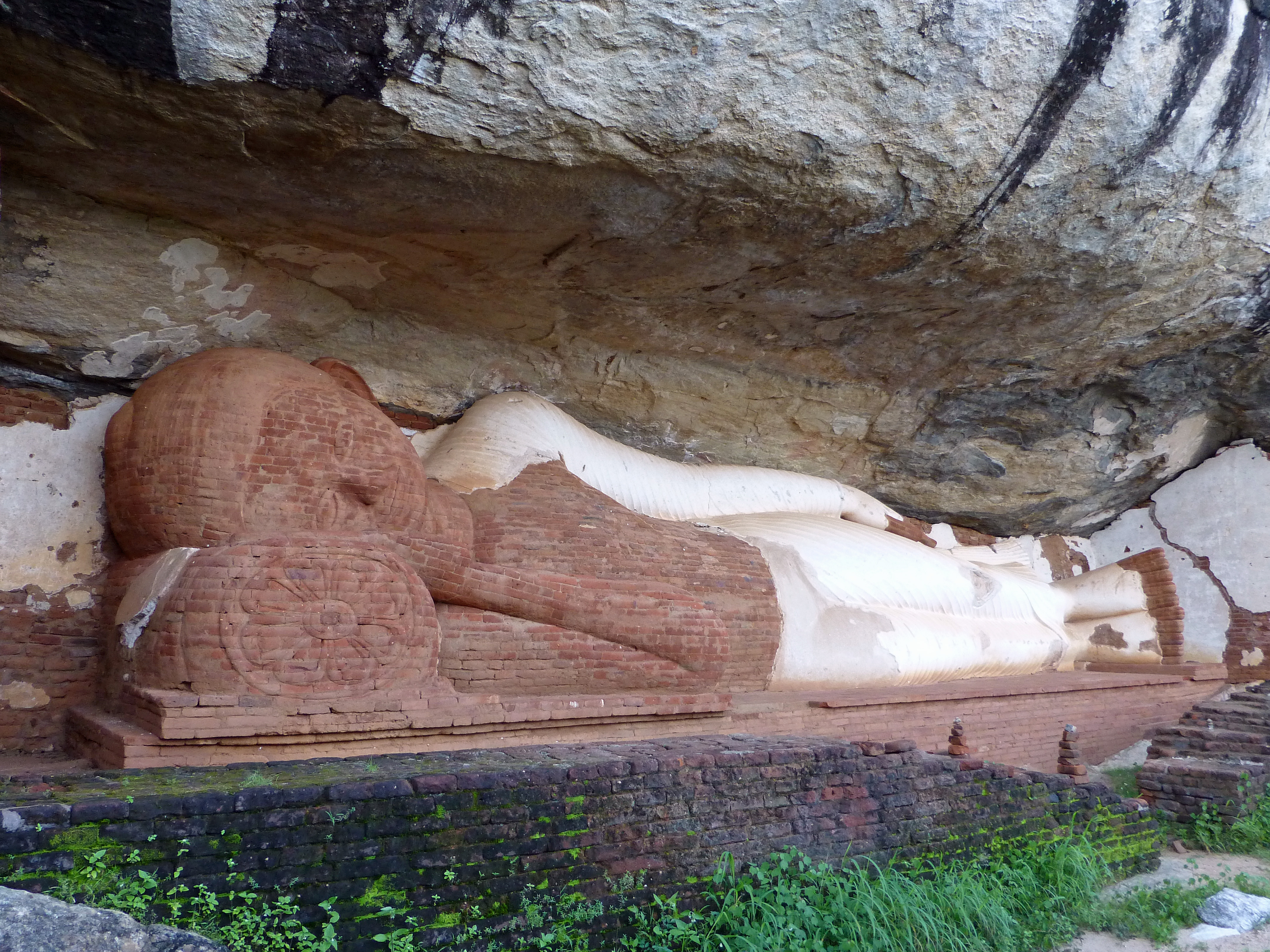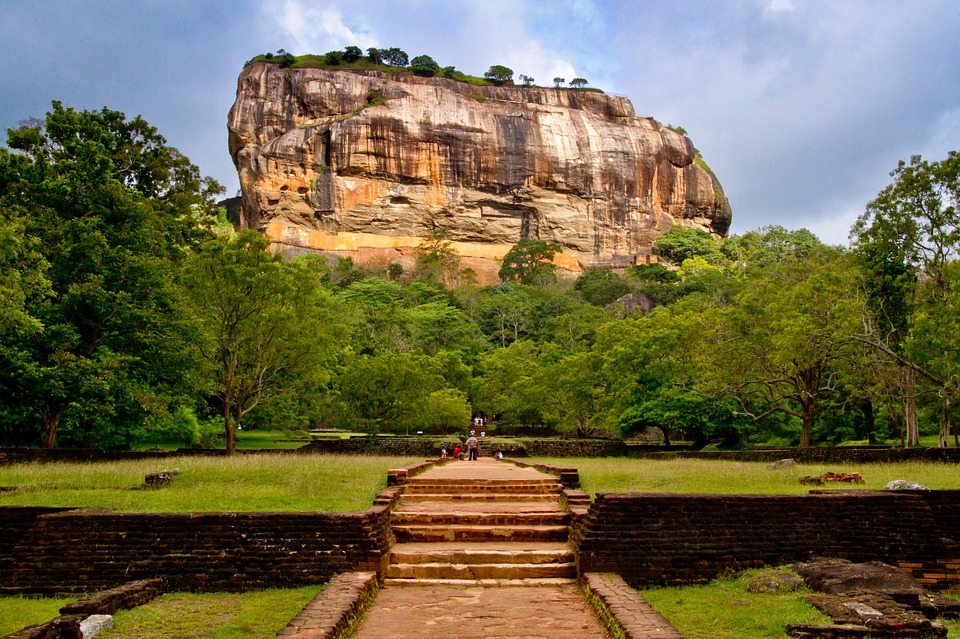If you’re planning on hiking in Sri Lanka, chances are the Pidurangala rock is high up on your list. Now, while completing this hike will net you an amazing view with the Sigiriya rock in the distance, on the way up you’ll run into another impressive site – the Pidurangala Viharaya.

How to Get There
The best way to reach Pidurangala is to reach Sigiriya via Dambulla. If you take the bus from the Dambulla bus station you’ll arrive in about an hours’ time. A taxi or tuk-tuk is also an option, particularly if you want to start your hike up in time to catch either the sunrise or sunset.
Where to Stay
Due to Pidurangala’s proximity to Sigiriya – a UNESCO world heritage site – you should have no trouble finding all manners of accommodation options for your trip. If you’re specifically looking for a luxury Sigiriya hotel, in particular, consider the Water Garden Sigiriya Hotel.
The History of the Temple
Pidurangala was a Buddhist monastery as far back as the first century BC, but it rose to prominence during the reign of King Kashyapa, around 473-495 AD. The King, fearing an invasion from India, wanted to setup a fortress atop Sigirya – which was also a monastery at the time. As such, King Kashyapa requested the monks to relocate to Pidurangala, and he, in turn, renovated it to better accommodate the new residents.
Temple Architecture
Though much of it is in ruin nowadays, the temple was once said to have consisted of five main buildings – a prominent stupa, chapter house, image house, bodhigara, preaching hall and an area for the monks to rest and retire. An impressive 12m long reclining Buddha statue still remains and will make for a fantastic sight as you hike your way up the mountain.







